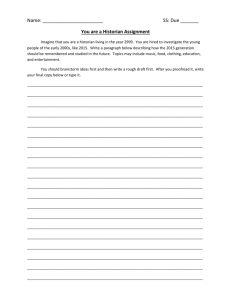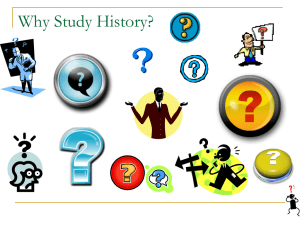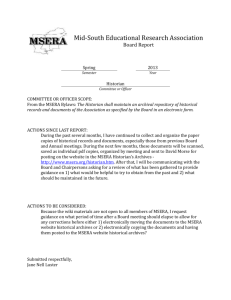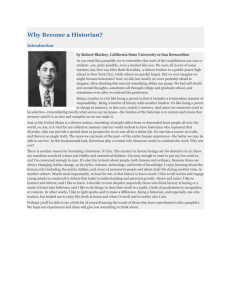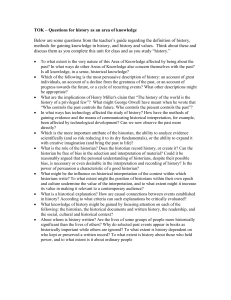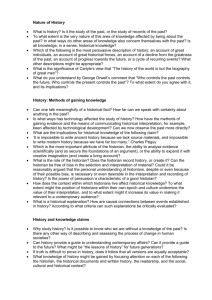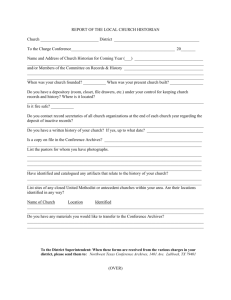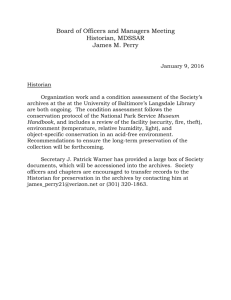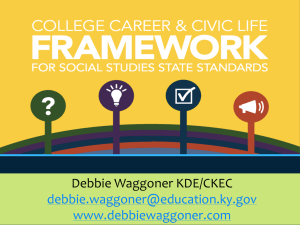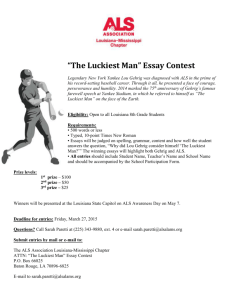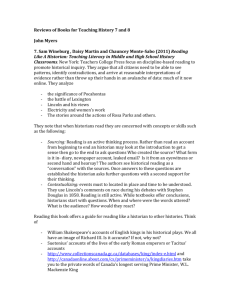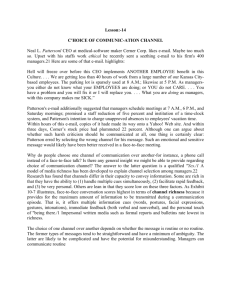Luckiest Historian
advertisement
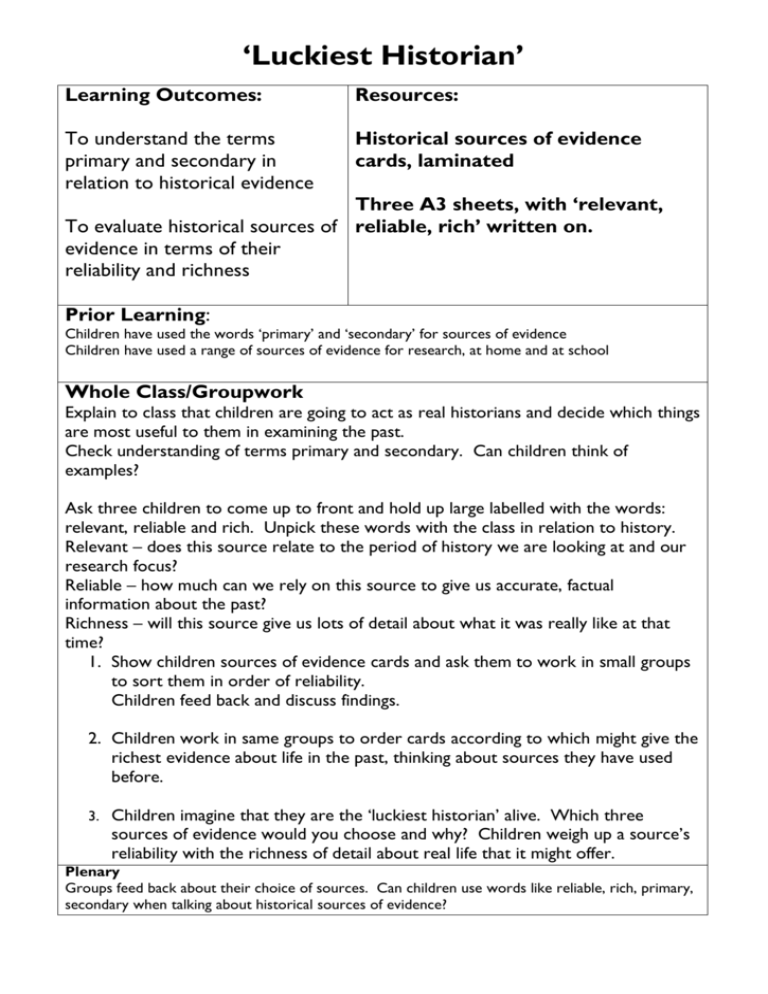
‘Luckiest Historian’ Learning Outcomes: Resources: To understand the terms primary and secondary in relation to historical evidence Historical sources of evidence cards, laminated Three A3 sheets, with ‘relevant, To evaluate historical sources of reliable, rich’ written on. evidence in terms of their reliability and richness Prior Learning: Children have used the words ‘primary’ and ‘secondary’ for sources of evidence Children have used a range of sources of evidence for research, at home and at school Whole Class/Groupwork Explain to class that children are going to act as real historians and decide which things are most useful to them in examining the past. Check understanding of terms primary and secondary. Can children think of examples? Ask three children to come up to front and hold up large labelled with the words: relevant, reliable and rich. Unpick these words with the class in relation to history. Relevant – does this source relate to the period of history we are looking at and our research focus? Reliable – how much can we rely on this source to give us accurate, factual information about the past? Richness – will this source give us lots of detail about what it was really like at that time? 1. Show children sources of evidence cards and ask them to work in small groups to sort them in order of reliability. Children feed back and discuss findings. 2. Children work in same groups to order cards according to which might give the richest evidence about life in the past, thinking about sources they have used before. 3. Children imagine that they are the ‘luckiest historian’ alive. Which three sources of evidence would you choose and why? Children weigh up a source’s reliability with the richness of detail about real life that it might offer. Plenary Groups feed back about their choice of sources. Can children use words like reliable, rich, primary, secondary when talking about historical sources of evidence? ‘Luckiest Historian’ By Nicola Levison of Hotwells Primary School
